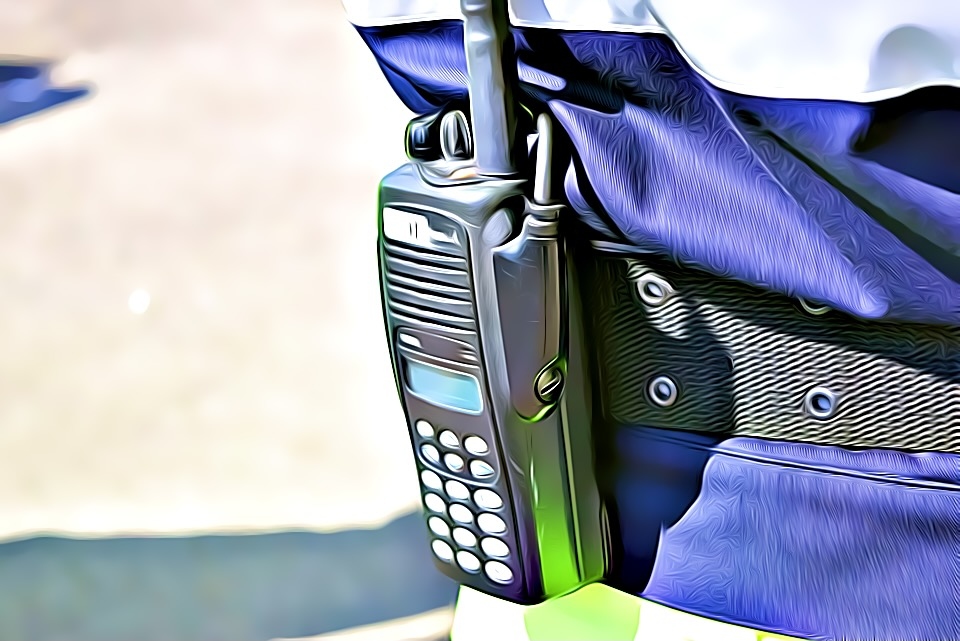If you've ever experienced the frustration of your circuit breaker tripping with seemingly nothing plugged in, you're not alone. This perplexing issue can leave homeowners scratching their heads, wondering what could possibly be causing the disruption. In this article, we will delve into the various reasons behind this phenomenon, exploring both common and less obvious culprits. By the end, you will have a clearer understanding of the potential issues at play and how to address them effectively.
Understanding Circuit Breakers
Before we dive into the reasons why your breaker might be tripping, it's essential to understand the role of a circuit breaker. Circuit breakers are safety devices designed to protect your electrical system from overloads and short circuits. When the electrical current exceeds a certain threshold, the breaker trips, cutting off the power supply to prevent damage or fire hazards.
Common Causes of Tripping Breakers
- Overloaded Circuits:
Even if nothing is plugged in, the circuit may still be overloaded due to the cumulative load of devices that are connected but not actively in use. For instance, if multiple high-wattage appliances share the same circuit, the breaker may trip when the total load exceeds its capacity. - Faulty Wiring:
One of the more serious issues could be faulty wiring. Damaged or frayed wires can create a short circuit, causing the breaker to trip. This can occur even if no devices are plugged in, as the wiring itself may be compromised. Inspecting your wiring for signs of wear or damage is crucial. - Ground Faults:
Ground faults occur when the electrical current escapes the intended path, often due to moisture or damaged insulation. This can happen in areas like bathrooms or kitchens, where water exposure is more likely. Even if appliances are unplugged, the potential for ground faults remains, leading to breaker trips. - Faulty Breaker:
Sometimes, the issue lies within the breaker itself. A breaker can wear out over time, becoming overly sensitive and tripping at lower currents than intended. If you suspect this is the case, consider having a qualified electrician inspect and possibly replace the breaker. - Shared Neutral Issues:
In some electrical systems, multiple circuits may share a neutral wire. If one of these circuits is overloaded, it can cause the breaker to trip, even if the other circuits appear inactive. This is particularly common in older homes with outdated wiring configurations.
Less Obvious Factors
- Appliance Malfunctions:
While it may seem that nothing is plugged in, consider that some appliances may have internal faults that cause them to draw power intermittently. For example, a refrigerator or HVAC system may have a malfunctioning component that causes it to draw excessive current, leading to a tripped breaker. - Environmental Factors:
External factors such as temperature fluctuations can affect electrical systems. For instance, extreme cold can cause materials to contract, potentially leading to short circuits. Similarly, high humidity can increase the risk of moisture-related issues. - Electrical Surges:
Power surges from the grid can also cause breakers to trip. These surges can occur due to various reasons, including lightning strikes or issues with the utility provider. Even if your devices are unplugged, a surge can still affect the circuit.
Troubleshooting Steps
If you find yourself dealing with a tripping breaker, here are some troubleshooting steps to consider:
- Inspect Your Breaker Panel:
Check for any visible signs of damage or wear. If the breaker feels warm to the touch or shows signs of discoloration, it may need replacement. - Check for Overloaded Circuits:
Review what circuits are being used and consider redistributing the load across different breakers. - Examine Wiring:
Look for any exposed or damaged wiring. If you are not comfortable doing this yourself, hire a licensed electrician. - Test Appliances:
If you suspect an appliance may be the culprit, try unplugging them one at a time to see if the breaker still trips. - Consult a Professional:
If the problem persists, it’s best to consult a licensed electrician who can conduct a thorough inspection and provide a solution tailored to your specific situation.
Conclusion
Understanding why your breaker keeps tripping, even with nothing plugged in, can save you time, money, and potential hazards. By recognizing the various factors that contribute to this issue, you can take proactive steps to address it. Whether it’s an overloaded circuit, faulty wiring, or a malfunctioning breaker, identifying the root cause is essential for maintaining a safe and functional electrical system in your home. Always prioritize safety and consult professionals when necessary to ensure your electrical system is in optimal condition.


